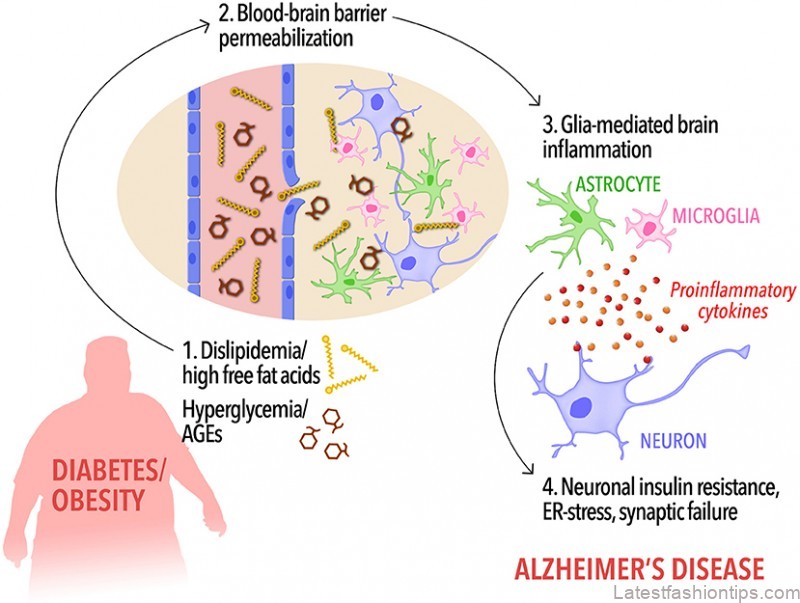The last two decades have witnessed a progressive and remarkable increase in the morbidity and mortality of heart failure, in association with a reduction in age-adjusted mortality due to cardiovascular events. This situation has been brought about by a real reduction in deaths from some cardiac diseases (acute coronary syndromes, in particular), combined with increases in the number of survivors prone to develop heart failure and in the elderly population generally.
The qualitative and quantitative limitations of the epidemiologic data on heart failure in the general population include:
Different and uncertain criteria for defining heart failure (in the absence of a single unequivocal diagnostic criterion).
Studies conducted in populations belonging to limited geographic or social contexts.
Small and heterogeneous study populations.
Differences between highly selected hospital populations, or patients selected for clinical trials, and subjects in the general population.
The Framingham community study identified 650 cases of heart failure over 40 years from the late 1940s. The incidence increased steeply with age from 3 per 1000 per year in men aged 50 to 59 years to 27 per 1000 per year in men aged 80 to 89, with lower rates in women (age-adjusted odds ratio for men vs women: 1.7).
The Study of Men Born in 1913 in Gothenburg, Sweden, a prospective cohort study of men aged 50 to 67 years with a case definition unique to the study, reported an average annual incidence of manifest heart failure of 5.5 per 1000. Case definitions were designed to be less strict than those of the Framingham study, to include milder cases of heart failure, but at the risk of including a higher rate of false positive diagnoses.
In a population of 11000 subjects aged 45 to 74 years in eastern Finland, 60 cases of heart failure were identified over a 2-year study period. Patients were diagnosed using a weighted scoring system based on symptoms, signs, and chest radiograph findings. Despite the narrow age range and small population, this study too showed an increase in heart failure incidence with age, being higher in men than in women, with an age-adjusted incidence ratio of 2.51.
The West London Hillingdon Heart Failure Study identified 220 patients meeting the case definition of new heart failure over a 20-month period in a population of 151 000 subjects served by 82 general practitioners. The incidence was 1.3 cases per 1000 population per year in those aged 25 years or over, increasing from 0.02 cases per 1000 population per year in those aged 25 to 34 years, to 11.6 in those aged 85 years and over. The incidence was higher in men than in women (age-adjusted incidence ratio 1.75).
Prevalence
The United States National Hospital Discharge Survey shows a constant increase in hospitalizations due to heart failure. According to the data published in 1999, covering the period from 1985 to 1995, the number of hospitalizations increased from 577 000 to 871 000 for a first-listed diagnosis and from 1.7 to 2.6 million for any diagnosis of heart failure. Heart failure is the most frequent cardiovascular cause of death and the most frequent cause of hospitalization in the over-65s.
In the UK, a general practice study found a heart failure prevalence of 0.2% in the 45-to-64-year age-group, increasing to 1.9% in the over-65s. An urban epidemiological study calculated a prevalence of 0.4% (0.06% in patients aged 45 to 64 years and 2.8% in those over 65), basing its estimate on diuretic prescribing rates. The Framingham Heart Study found a prevalence of 0.3% in subjects under 62 years old in a population of over 5000. Follow-up over 34 years showed a prevalence of 0.8% in subjects aged 50 to 59 years, and 9.1% in those over 80. The study used strict case definition criteria for heart failure: at least two major criteria, or one major criterion and two minor criteria.
In Sweden, the Gothenburg Study of Men Born in 1913, using looser criteria, reported a prevalence of 2.1% in subjects aged 50 to 59 years and 4.3% in those aged 60 to 69 years. In their study of 2711 inpatients in western Sweden, Andersson and Waagstein found a prevalence of 11% to 17% in men over 70 years old vs 8% to 11% in women.
In Scotland, Stewart et al described heart failure hospitalization trends from 1990 to 1996, including all cases in which heart failure was the primary or secondary discharge diagnosis. Over this period the number of hospitalizations with a primary diagnosis of heart failure increased by 16% in men and by 12% in women. Similar trends were seen in the overall number of hospitalizations and first-ever hospitalizations. Hospitalizations with a secondary diagnosis of heart failure increased much more strikingly, and rehospitalization became more common, increasing by 53% and representing 23% of all hospitalizations in 1996. A primary or secondary diagnosis of heart failure accounted for 2% of all hospitalizations in 1990, rising to 2.6% in 1996.
In the USA, the aim of the National Heart Failure Project was to describe a national sample of elderly patients with heart failure and examine the sample for age-related trends in clinical characteristics. Most of the patients were over 65 years old. The study showed that they formed a heterogeneous group in which comorbidity was common: one third had chronic obstructive pulmonary disease, 40% had diabetes, and over half had coronary heart disease and a history of hypertension, but comorbidity rates declined with age. Only half had a left ventricular ejection fraction <40%. Associated laboratory abnormalities were relatively constant across the age spectrum, but renal failure was more common with advancing age. The Portuguese Study in Ambulatory Heart Failure (EPICA) was a cross-sectional observational study of subjects attending primary health-care centers in 1998. In the 5434 eligible subjects evaluated by 365 general practitioners, there were 551 cases of heart failure. The overall prevalence was 4.36% (4.33% in men and 4.38% in women). Age-specific prevalence was 1.36% from 25 to 49 years, 2.93% from 50 to 59 years, 7.63% from 60 to 69 years, 12.67% from 70 to 79 years, and 16.14% in the over-80s. The prevalence of heart failure with normal and abnormal systolic function was 1.7% and 1.3%, respectively. The Rotterdam Study in 5540 subjects aged 55 to 95 years determined the presence of heart failure by assessing signs and symptoms and the use of heart failure medication. The overall heart failure prevalence of 3.9% did not differ between men and women. It increased with age, except in men in the highest age-group. Left ventricular dysfunction was 2.5 times more prevalent in men (5.5%; 95% confidence intervals [Cl]: 4.1-7) than in women (2.2%; 95% Cl: 1.4-3.2). 60% of those with left ventricular dysfunction had no symptom or sign of heart failure. It must be remembered that all epidemiological data available on heart failure are based on relatively nonspecific clinical symptoms and signs, in isolation or in association with evidence of left ventricular systolic dysfunction. Recent findings show that heart failure can occur in patients with preserved left ventricular systolic function. In a recent review, Cleland et al summarized the prevalence of heart failure with the following figures: 1% asymptomatic ventricular dysfunction, 1% heart failure with left ventricular systolic dysfunction, 1% heart failure with preserved systolic function, 2% misdiagnosed as heart failure. [gallery ids=""]
Maybe You Like Them Too
- 5 Korean Hair Care Products To Try
- How to Remove Black Hair Dye and Restore Your Color
- Refusing To Camouflage Gray Hair At Work Reddit
- How To Stop Shampooing And Washing Hair Every Day
- How To Get Rid Of Oily Hair


